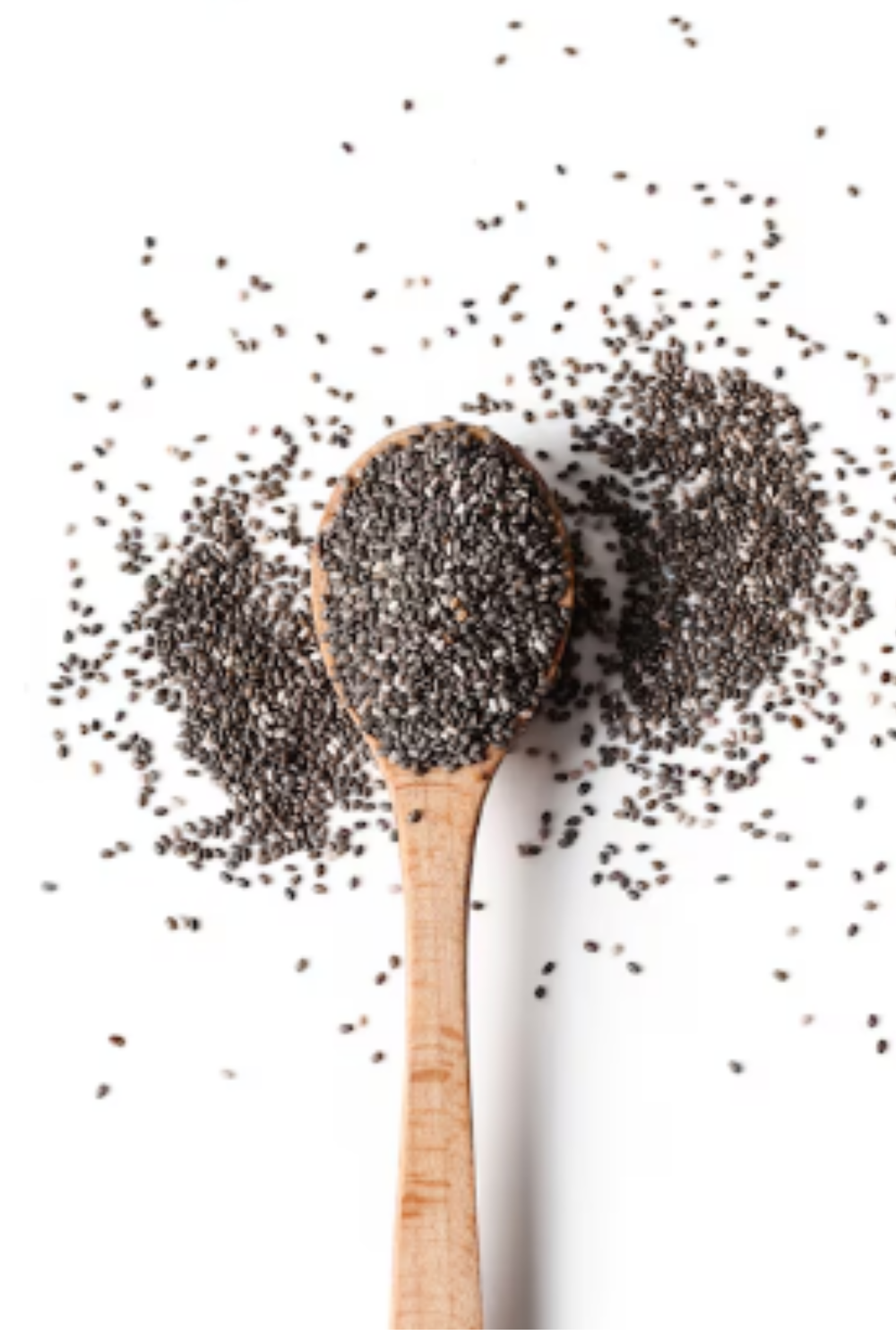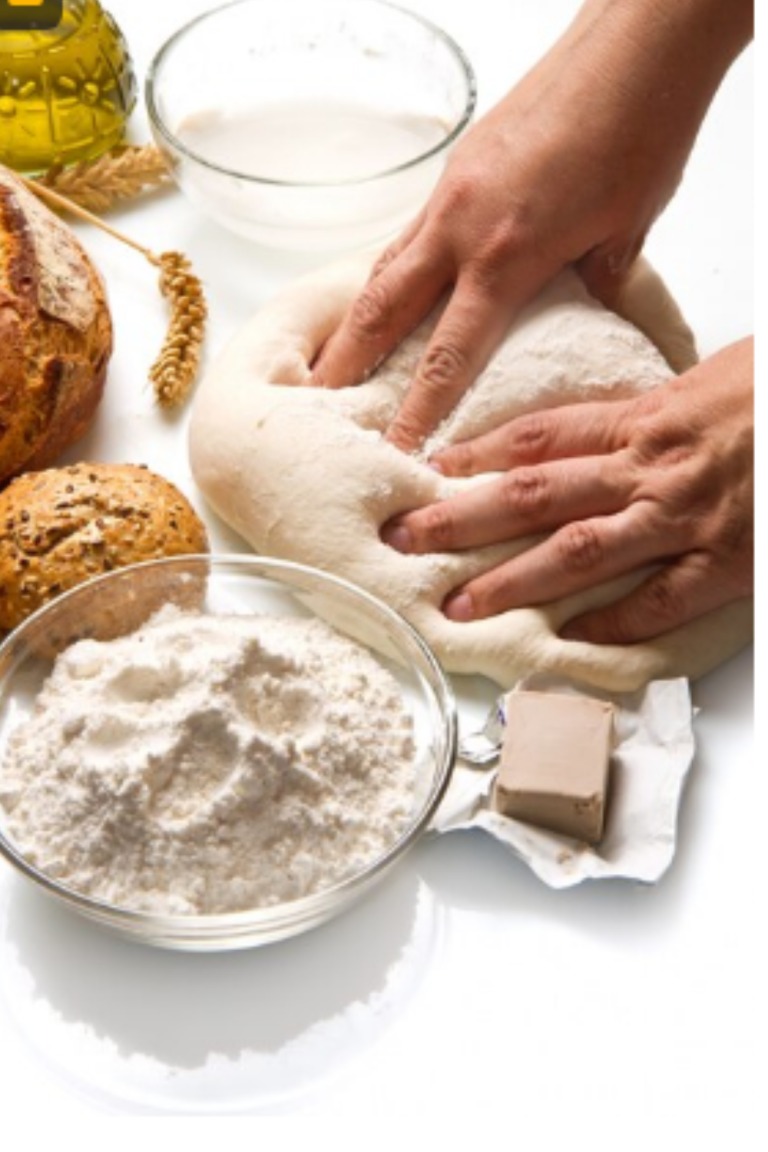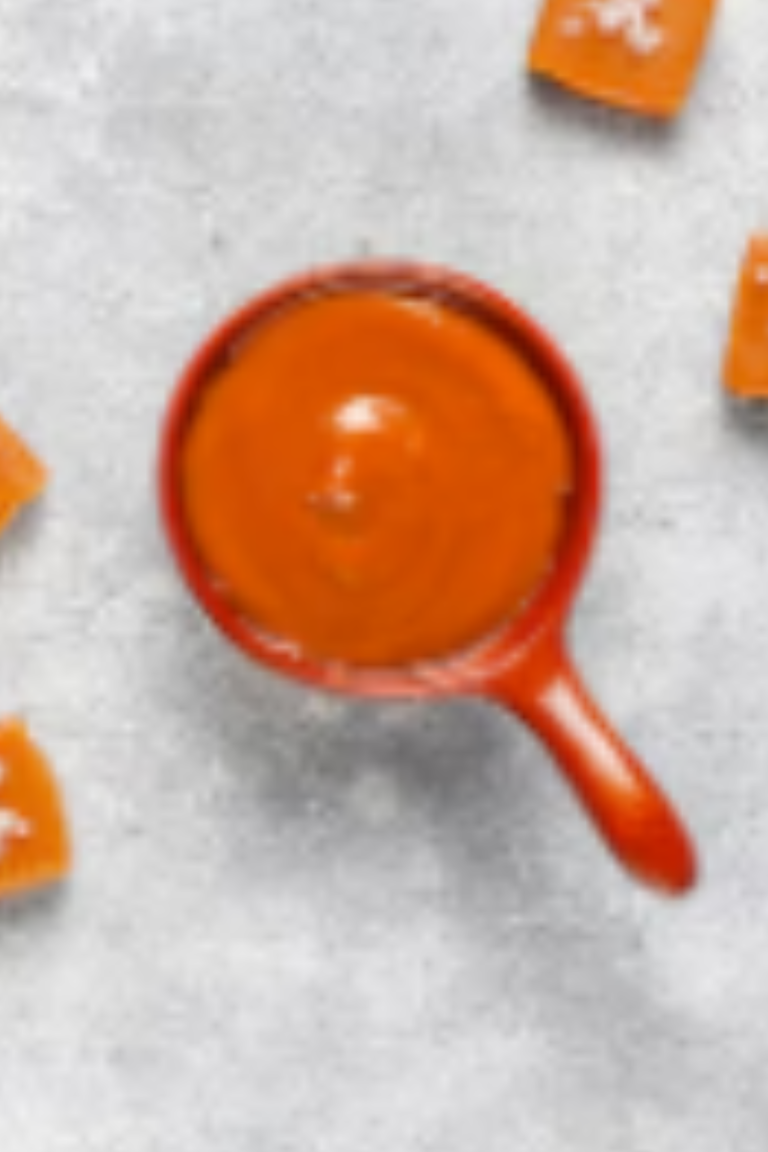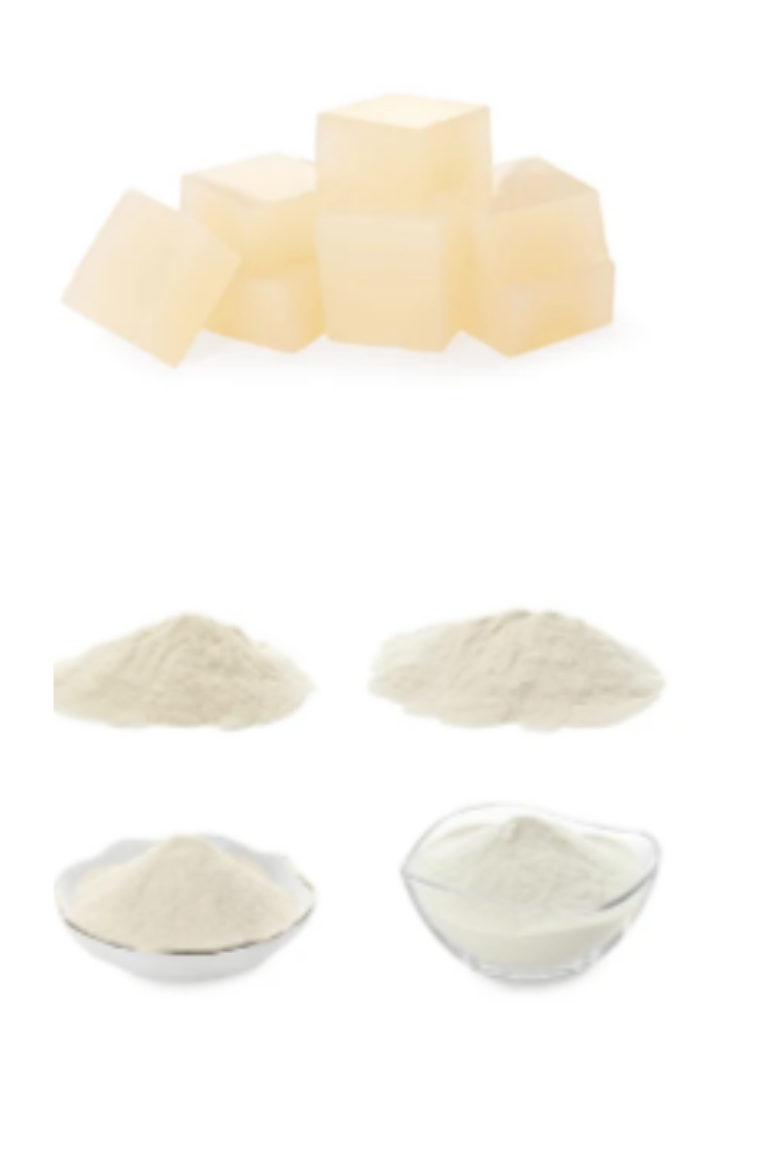CHI: Chia Seeds role in cakes Explained
Table of Contents
ToggleWhat Are Chia Seeds?
Chia seeds, derived from the Salvia hispanica plant, have gained popularity as a superfood in recent years. These tiny seeds pack a powerful nutritional punch, rich in fiber, omega-3 fatty acids, protein, vitamins, and minerals. Despite their small size, chia seeds expand and form a gel-like consistency when soaked in liquid, which makes them versatile in various culinary applications. Check out the right Chia Seeds, cake tools, and ingredients that you need here.
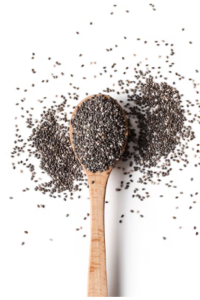
Chia Seeds in Cakes: Adding Texture and Nutrition
When incorporated into cake recipes, chia seeds serve multiple purposes. One of the key roles they play is enhancing texture. Unlike traditional ingredients, chia seeds absorb moisture and contribute to a moist, tender crumb in cakes. They also add a delightful crunch, which can complement softer textures in cakes like sponge or chiffon.
Enhancing Nutritional Value
Beyond texture, chia seeds boost the nutritional profile of cakes. They are packed with dietary fiber, which aids digestion and helps regulate blood sugar levels. Additionally, chia seeds are a plant-based source of omega-3 fatty acids, beneficial for heart health. By including chia seeds in cakes, you not only add crunch and texture but also enhance the health benefits of your baked goods. Check out the right Chia Seeds, cake tools, and ingredients that you need here.
How to Use Chia Seeds in Cakes
To incorporate chia seeds effectively into cakes, follow these simple steps:
- Soaking: Begin by soaking chia seeds in water or another liquid until they develop a gel-like consistency. This step ensures they integrate seamlessly into the batter without altering the texture of the cake.
- Recipe Adaptation: Modify your favorite cake recipe by reducing the amount of other liquids slightly to accommodate the moisture from the soaked chia seeds. This adjustment prevents the cake from becoming too dense or heavy.
- Mixing: Add the soaked chia seeds directly to the batter during the mixing stage. Ensure they are evenly distributed to achieve a uniform texture throughout the cake.
- Baking: Proceed with baking as usual. Chia seeds can withstand oven temperatures without losing their nutritional benefits, making them ideal for various types of cakes, from simple loaves to elaborate layer cakes.
chia seeds offer a versatile and nutritious way to enhance cakes, providing both texture and health benefits. By understanding their role and proper usage, you can elevate your baking while adding a nutritious twist to your favorite cake recipes. Whether you’re a seasoned baker or experimenting in the kitchen, consider incorporating chia seeds into your next cake for a delightful and wholesome treat. Check out the right Chia Seeds, cake tools, and ingredients that you need here.
Drilling Deeper: Comparing Chia Seeds with Other Cake Ingredients
When it comes to enhancing cakes, chia seeds offer distinct advantages over traditional ingredients. Let’s explore how they compare with other commonly used components:
Texture Enhancement
Chia Seeds: Known for their ability to absorb moisture and create a gel-like consistency, chia seeds contribute to a moist and tender texture in cakes. They add a subtle crunch that contrasts well with softer cake textures.
Flaxseeds: Like chia seeds, flaxseeds also form a gel when soaked, providing moisture and texture to cakes. However, their flavor profile differs slightly, with flaxseeds offering a nuttier taste compared to the neutral flavor of chia seeds.
Eggs: Often used as binders in cakes, eggs contribute to a fluffy texture. However, chia seeds can serve as an egg substitute for vegan or egg-free recipes, offering similar binding properties without the cholesterol content of eggs. Check out the right Chia Seeds, cake tools, and ingredients that you need here.
Nutritional Benefits
Chia Seeds: High in fiber, omega-3 fatty acids, and antioxidants, chia seeds pack a nutritional punch. They promote heart health, aid digestion, and help regulate blood sugar levels, making them a valuable addition to health-conscious baking.
Butter: While butter adds richness and flavor to cakes, it is high in saturated fats. Chia seeds provide a healthier alternative by offering beneficial fats without the cholesterol found in butter.
Sugar: A common sweetener in cakes, sugar adds sweetness but lacks nutritional value. Chia seeds do not contribute to sugar content but can help stabilize blood sugar levels when combined with other wholesome ingredients.
Culinary Versatility
Chia Seeds: Beyond cakes, chia seeds can be used in a variety of baked goods, including muffins, bread, and cookies. Their neutral taste makes them adaptable to both sweet and savory recipes.
Nuts: Often used for texture and flavor in cakes, nuts like almonds or walnuts add crunch but may not provide the same nutritional benefits as chia seeds. Chia seeds offer a nut-free alternative for those with allergies or dietary restrictions.
Fruits: Fresh or dried fruits add moisture and natural sweetness to cakes. Chia seeds complement fruit-based cakes by providing additional texture and a nutritional boost without altering the fruit’s natural flavors.
In summary, chia seeds stand out as a versatile and nutritious ingredient for enhancing cakes. Their unique ability to improve texture, provide essential nutrients, and adapt to various recipes makes them a valuable addition to any baker’s pantry. Whether you’re aiming to create healthier baked goods or simply add a delightful crunch to your cakes, chia seeds offer a compelling alternative to traditional ingredients. Experiment with incorporating chia seeds into your next baking adventure and enjoy the wholesome benefits they bring to your homemade treats. Check out the right Chia Seeds, cake tools, and ingredients that you need here.
comparison tabular
summarizing the key considerations and differences between using chia seeds and other common cake ingredients.
| Aspect | Chia Seeds | Flaxseeds | Eggs | Butter | Sugar |
|---|---|---|---|---|---|
| Texture Enhancement | Absorb moisture, create gel-like consistency, add crunch | Similar to chia seeds, nuttier flavor | Provide structure and fluffiness, binding properties | Adds richness, creamy texture | Adds sweetness, affects texture |
| Nutritional Benefits | High in fiber, omega-3 fatty acids, antioxidants | High in fiber, omega-3 fatty acids, antioxidants | High in protein, vitamins, minerals, but also cholesterol | Contains saturated fats, cholesterol | Provides energy, lacks nutritional value |
| Culinary Versatility | Suitable for sweet and savory baking | Versatile, suitable for baking and cooking | Commonly used in baking for texture and structure | Essential for flavor and texture in baked goods | Essential for sweetness and texture in baked goods |
| Health Considerations | Promotes heart health, aids digestion | Promotes heart health, aids digestion | Contains cholesterol, may contribute to dietary concerns | High in saturated fats, may impact heart health | High in calories, affects blood sugar levels |
| Allergen Information | Nut-free alternative | Nut-free alternative | Potential allergen for some individuals (egg allergy) | Lactose-free alternative for dairy-sensitive individuals | No allergen concerns, but affects blood sugar levels |
Key Notes and Considerations
- Texture Enhancement: Chia seeds and flaxseeds offer similar benefits in terms of texture enhancement due to their ability to absorb moisture and create a gel-like consistency. Eggs contribute to structure and fluffiness, while butter adds richness and sugar affects sweetness and texture.
- Nutritional Benefits: Chia seeds and flaxseeds stand out for their high fiber and omega-3 fatty acid content, offering heart-healthy benefits. Eggs provide protein and essential vitamins but also contain cholesterol. Butter is high in saturated fats, and sugar provides energy but lacks nutritional value.
- Culinary Versatility: Chia seeds and flaxseeds are versatile and suitable for both sweet and savory baking. Eggs are essential for binding and structure in baked goods, while butter adds flavor and richness. Sugar is crucial for sweetness and affects the texture of baked goods.
- Health Considerations: Chia seeds and flaxseeds are beneficial for heart health and digestion. Eggs and butter have considerations regarding cholesterol and saturated fats, respectively. Sugar impacts blood sugar levels and calorie intake.
- Allergen Information: Chia seeds, flaxseeds, and sugar are typically allergen-free. Eggs may pose an allergen risk for some individuals, while butter is a lactose-containing ingredient that may not be suitable for dairy-sensitive individuals.
This comparison table highlights the versatility, nutritional benefits, and considerations when using chia seeds compared to other common cake ingredients. Check out the right Chia Seeds, cake tools, and ingredients that you need here.
FAQs on Using Chia Seeds in Cakes
Q: How do chia seeds affect the texture of cakes?
A: Chia seeds absorb moisture and create a gel-like consistency when soaked, contributing to a moist and tender texture in cakes. They also add a slight crunch, enhancing the overall mouthfeel.
Q: Can I use chia seeds as a substitute for eggs in cake recipes?
A: Yes, chia seeds can serve as an egg substitute in vegan or egg-free recipes. To replace one egg, mix 1 tablespoon of chia seeds with 3 tablespoons of water and let it sit until it forms a gel-like consistency.
Q: Do chia seeds change the flavor of cakes?
A: Chia seeds have a neutral flavor, so they typically do not alter the taste of cakes significantly. They complement the existing flavors and add a subtle texture without overpowering other ingredients.
Q: Are there any health benefits to adding chia seeds to cakes?
A: Absolutely! Chia seeds are rich in fiber, omega-3 fatty acids, antioxidants, and various vitamins and minerals. They promote heart health, aid digestion, and help regulate blood sugar levels.
Q: How should I store chia seeds for baking?
A: Store chia seeds in a cool, dry place, preferably in an airtight container. They have a long shelf life and do not require refrigeration. Check out the right Chia Seeds, cake tools, and ingredients that you need here.
Final Words
Incorporating chia seeds into your cake recipes is not only a delicious way to add texture and nutritional benefits but also a versatile option for accommodating dietary preferences. Whether you’re looking to enhance the health profile of your baked goods or simply experiment with new flavors and textures, chia seeds offer a valuable addition to your baking arsenal. Enjoy exploring the creative possibilities and reaping the nutritional rewards of using chia seeds in your homemade cakes.

Hi!
I’m Mike, the creator of Forum Foodies. In my own personal experience, understanding ingredients is key to great cooking.
Forum Foodies offers guides on various ingredients, from staples to exotic finds. Join our community, share your experiences, and learn from fellow food lovers.
Have questions or suggestions? Email me at info@forumfoodies.com. Let’s embark on this delicious adventure together.
Happy cooking.
Mike/
Related Posts
- CHM: Chia Meal role in cakes Explained
In this topic, I'm going to talk about the fascinating world of ingredients and their…
- BSC: Blackberry Chia Seed role in cakes Clarified
In this topic, I'm going to talk about the role of BSC (Blackberry Chia Seed)…
- CHR: Chia Rolled in cakes Explained
In this topic, I'm going to talk about something truly unique and versatile that I've…
- CIC: in cakes Explained
In this topic, I'm going to talk about the intriguing role of CIC - Chia…
- AM: Amaretto role in cakes Explained
In this topic, I'm going to talk about Amaretto and its role in cakes In…
- JH: Jam Heart role in cakes Explained
In this topic, I'm going to talk about JH - Jam Heart in my own…
- EXC: Extra Crumbs role in cakes Explained
In this topic, I'm going to talk about a delightful addition to cakes that enhances…
- JG: Jaggery role in cakes Explained
In this topic, I'm going to talk about jaggery and its role in cakes, drawing…
- CFY: Cornflour role in cakes Explained
In this topic, I'm going to talk about Cornflour in cakes, based on my own…
- BTS: Butterscotch role in cakes Explained
In this topic I'm going to talk about Butterscotch - in my own personal experience…
- MOS: Molasses Syrup role in cakes Explained
In this topic, I'm going to talk about Molasses Syrup in my own personal experience,…
- HST: Hazelnut Syrup role in cakes Explained
In this article, I'm going to talk about Hazelnut Syrup and its role in cakes,…
- CST: Role in cakes Explained
In this topic, I'm going to talk about the CST - Cranberry Shortcake, drawing from…
- PCJ: Passionfruit Juice role in cakes Explained
In this topic, I'm going to talk about the delightful addition of passionfruit juice in…
- CMH: Coarse Meal role in cakes Explained
In this topic, I'm going to talk about a crucial ingredient in baking: Coarse Meal.…

